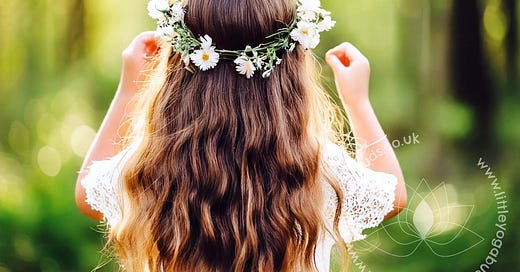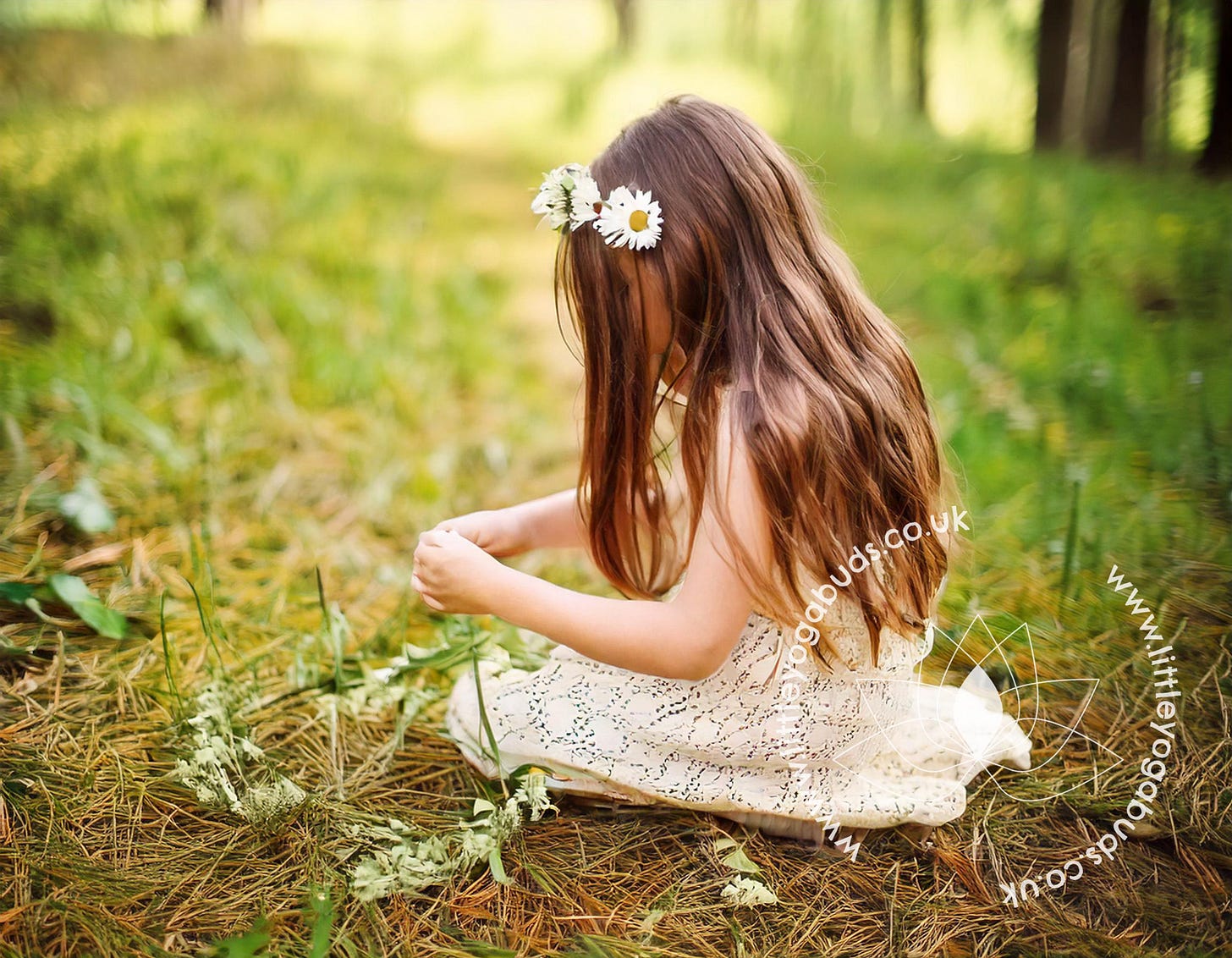The Surprising Link Between Anxiety and Creativity:
How to cultivate calm in children....and their grown ups.
In our fast-paced, modern world, anxiety has become a common experience, especially for adults juggling multiple responsibilities, commitments, and emotions. The typical response to anxiety is to seek calm—often through relaxation techniques like deep breathing or mindfulness. However, recent insights into the mind-body connection suggest that the opposite of anxiety is not calm, but creativity. And when it comes to nurturing emotional well-being in children, creativity can play a crucial role in teaching them how to self-soothe and find calm within themselves.
Anxiety and the Creative Mind: Understanding the Connection
At its core, anxiety is a heightened state of alertness—our body’s response to perceived threats or stressors. It's easy to see why we might try to calm this heightened state with relaxation practices, but what if the key to alleviating anxiety lies in engaging our brains in a different way? Creativity—whether through art, music, storytelling, or play—can offer a way to channel that restless energy into something constructive, allowing both adults and children to process emotions and regain a sense of control.
For adults, creativity offers a therapeutic outlet. It stimulates the brain's reward system and can help shift focus away from anxious thoughts. But for children, creativity isn't just an outlet for expression—it’s a tool for developing coping mechanisms that foster self-regulation and emotional resilience.
Why Curiosity is the Key to Self-Soothing
Curiosity is the natural gateway to creativity. When children are encouraged to explore their surroundings with a sense of wonder and inquiry, they are cultivating a mindset that can help them manage stress and emotional turbulence. By embracing curiosity, children develop the ability to focus their attention on the present moment, explore possible solutions to challenges, and create imaginative scenarios where they feel empowered and in control.
Instead of simply teaching children to "calm down," it's far more beneficial to nurture their natural curiosity. Here’s why:
Curiosity Leads to Problem-Solving
When children are curious, they engage their critical thinking skills. This problem-solving ability can be applied to emotional challenges, allowing them to approach anxious feelings with an open mind. Creativity often comes from making connections between seemingly unrelated things—this same pattern of thinking helps children understand that anxiety, too, is temporary and manageable.Creativity Encourages Mindfulness
Creative activities often demand full engagement, requiring children to focus on the task at hand—whether it’s painting a picture, building with blocks, or composing a story. This mindfulness, in turn, helps children detach from anxious thoughts and immerse themselves in the present moment, naturally leading them to a calmer state.Expression Through Creation
When children express themselves through creative means, they externalize their emotions. Drawing, writing, or dancing allows children to process what they're feeling without judgment, giving them a way to release pent-up anxiety in a constructive manner.
How to Nurture Curiosity and Creativity in Children
Fostering creativity in children doesn’t require complicated tools or extensive resources. Simple activities can ignite their imaginations and help them discover new ways to cope with their feelings. Here are some practical tips to nurture curiosity and creativity in children:
1. Create a Sensory-Rich Environment
Children learn through their senses. Surround them with materials and experiences that engage sight, sound, touch, smell, and taste. Whether it’s a collection of colorful objects, nature walks, or sensory play activities, allowing children to explore with their senses provides opportunities for creative thinking and grounding in the present moment. For example, you can set up a nature table with different textures, colors, and smells from the outdoors, encouraging children to touch, arrange, and investigate.
2. Encourage Open-Ended Play
Provide toys or materials that allow for open-ended play. Blocks, clay, fabric, or natural materials like sticks and stones can become anything a child imagines. By encouraging imaginative play, you help children discover new ways to solve problems and express their thoughts and feelings. This freedom supports the development of both creativity and emotional intelligence.
3. Ask Thought-Provoking Questions
Rather than giving children all the answers, engage their curiosity with open-ended questions. Ask questions like, “What do you think would happen if...?” or “How could we solve this problem in a fun way?” Encouraging children to explore multiple perspectives on a situation not only stimulates their creative minds but also empowers them to tackle challenges with confidence and resilience.
4. Create Art Together
Set aside time to create art with your child. Whether it’s drawing, painting, crafting, or sculpting, engaging in creative activities together strengthens emotional bonds and provides a safe space for children to express their feelings. The focus should be on the process, not the end result—this takes the pressure off and allows children to experience joy in the act of creation itself.
5. Incorporate Movement and Music
Physical movement and music are both powerful tools for releasing energy and shifting emotional states. Dance, sing, or create rhythms together. These activities allow children to process their emotions through their bodies and feel a sense of release, helping them find calmness without needing to "sit still."
6. Allow Time for Solo Exploration
While guided creativity is valuable, so is allowing children the time and space to explore on their own. Encourage children to play, imagine, and explore without interruption. Giving them the freedom to direct their own creative projects builds self-confidence and fosters independence—skills that will serve them well in managing anxiety as they grow older.
Creativity as a Tool for Emotional Regulation
Rather than simply focusing on helping children become calm, we can reframe the goal as helping them develop the creativity and curiosity they need to self-soothe. By engaging in creative activities, children can transform anxiety into something productive, shifting their attention away from fearful thoughts and instead into the realm of imaginative possibility. Through creativity, they learn that they have the tools and the resilience to navigate any emotional storm.
As adults, we can model this behavior by embracing creativity in our own lives. The more we nurture our own curiosity and creativity, the better equipped we are to guide our children toward a balanced, calm, and emotionally resilient future.






